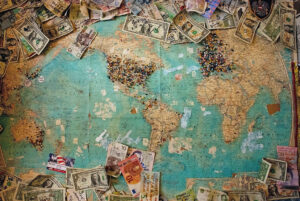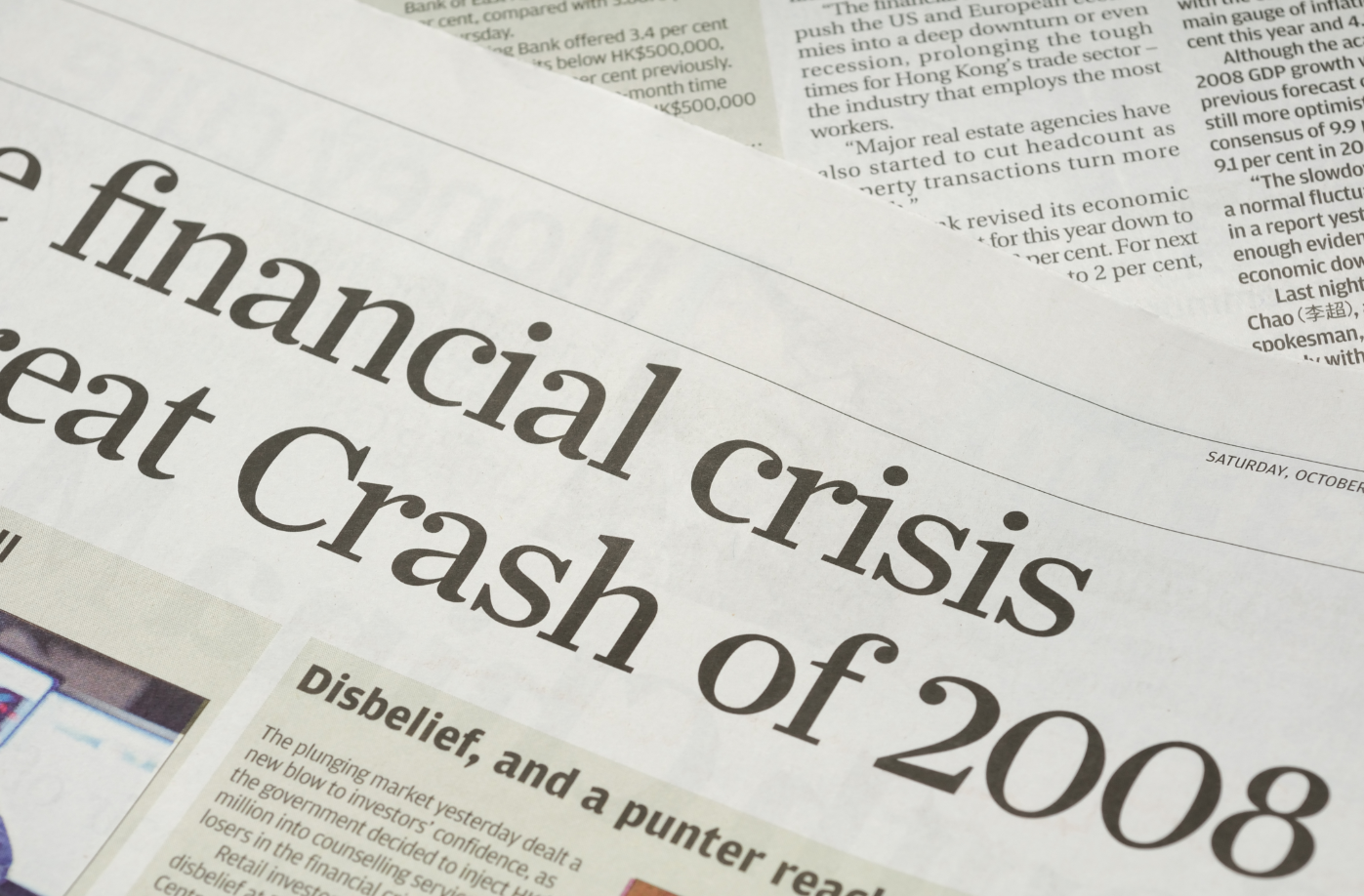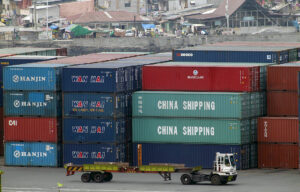Understanding the US debt crisis

(Part 1)
The timing was perfect. As I was dumbfounded, as most economists were, about the ongoing US debt crisis, I received a visit from one of the most knowledgeable international economists about global economic trends.
On May 12, a friend I have known for at least two decades, came to town to assess what is happening to the Philippine economy. He asked to meet for lunch, and I gladly accepted the invitation because Jim Walker, Chief Economist at Aletheia Capital Limited, an independent research platform for the Indo-Pacific region, is one of the most accurate forecasters of global economic trends in my book. Aletheia Capital has been awarded as the best institutional research group in Asia. Jim accurately forecast the East Asian financial crisis in 1997 and the 2007 US downturn and financial sector meltdown. Jim, prior to his joining Aletheia, was the founder and chief economist at Asianomics Group, an economics and strategy research consultancy company formed in late 2007 to primarily service the fund management industry.
Over the last two decades, I have been one of his listening posts about what is going on in the Philippine economy. This time around, I was elated to know that other local economists he talks to are graduates of the longest running academic program of the University of Asia and the Pacific, where I continue to be a Professor Emeritus. The program is called the Industrial Economics Program and we have provided the private business sector with some of the most qualified business and financial economists. In this recent visit, included among his resource persons were two of our prominent and influential graduates in the field of economic forecasting: Jun Neri of the Bank of Philippine Islands and Nick Mapa of ING Bank. As part of this series of articles, I will summarize Jim’s assessment of current economic events as a result of his recent visit.
As I gave him my own perceptions of Philippine economic events, I also picked his brains about what’s happening to the global economy, especially to the US economy as the world watched in disbelief and horror as it contemplated the possibility of a US default. A US default would torpedo the financial markets and deal a massive blow to the US dollar. Many of the global economic and financial systems are set up in ways that generally benefit the US, specifically because US Treasury bonds are seen as reliable and safe investments. The possibility that the US government might be unable to keep issuing more bonds is befuddling and unnerving for many of that country’s allies. How did the world get into this situation?
I asked Jim Walker to send me his publications over the last year or so that can give some light to this unfortunate situation.
The catastrophic failures of some large regional banks in the US have been well publicized. Jim gives two simple explanations as the root causes of these bank collapses: the ultra-easy monetary policies introduced by the ex-chairman of the Federal Reserve System, Ben Bernanke, which ended up with zero interest rate being the “norm” for most of the last 20 years; and, secondly, the bad behavior of the regional banks themselves.
The policies followed for the last 20 years have resulted in banks behaving counter intuitively when policy tightens, seemingly in the confident belief that the Fed would always be there to provide liquidity when required. In simple terms, US regional banks have taken for granted that their zero-yielding deposits (the case for almost 15 years) would always be there for them. With the close to zero cost of funds, it became tempting to play the yield curve rather than make real loans to real businesses. It is now a common belief that quantitative easing did not result in the long-dated interest rate suppression that would finance long-term investment in real businesses. Instead, financial institutions chose to play the curve and encourage lending that supported financial engineering. Strictly speaking, the financial institutions that are currently in deep trouble are not banks. Banks attract deposits from households and business enterprises and then make loans to other households and businesses to buy assets or expand production capacity. The difference between the rate of interest on deposits (the cost of funds) and the rate of interest on loans is what becomes the bank’s gross profit.
Before the zero-interest regime, banks did not have to worry too much about deposit runs since every bank offered a similar rate of interest to attract depositors. In the world of easy money, however, the assumption has become that depositors will happily and endlessly accept no return for their savings. This resulted in an easy return (profit) mentality as real business assessments became redundant. All that was required was to find an asset yield more than zero. Unless, of course, the deposits could walk. And that was exactly the problem.
In the world of zero interest rate, all deposits can walk instantaneously since there is no incentive to make penalty-incurring term deposits, which also yielded zero, instead of instantly-available demand deposits. It must be pointed out that savings and term deposits have always been sticky because it is costly to break the contract. Demand deposits have no such costs, thus making the traditional assumption of “deposit inertia” invalid in the new world of banking.
The person who has brought the entire global monetary system to the brink of collapse is not the present Chairman of the Fed, Jay Powell. The culprit for the woes in the US banking system and various economies in Europe and elsewhere that have been tempted into making bad investments and taking on too much debt is none other than the latest Nobel Laureate in Economic Sciences, Ben Bernanke. It was his exaggerated enthusiasm for non-market solutions for economic problems that has brought the whole global economy to the brink.
Now, what do all these mean to emerging markets like the Philippines? Will the entire global financial system go over the edge? The answer given by guru, Jim Walker, is “probably not.”
The severity of the problems in the US regional banks run deep but they are not life threatening to the large money center banks. Nor are they particularly well connected to the rest of the world, much less to the Philippines where strict Central Bank regulations have limited bad behavior from the banks. Failure, consolidation, and multiple bank executive redundancies should be contained to the bad actors that have touted themselves as banks but have acted more as unhedged funds.
The economic managers in emerging markets should be complimented since they have kept interest rates above zero over the last 20 years. Bank behavior has been traditional in most senses. This is good news for the Philippines and most of the economies in the Indo-Pacific region. The possibility of contagion from the debt crises in the US and some selected advanced economies is minimal.
(To be continued.)
Bernardo M. Villegas has a Ph.D. in Economics from Harvard, is professor emeritus at the University of Asia and the Pacific, and a visiting professor at the IESE Business School in Barcelona, Spain. He was a member of the 1986 Constitutional Commission.




